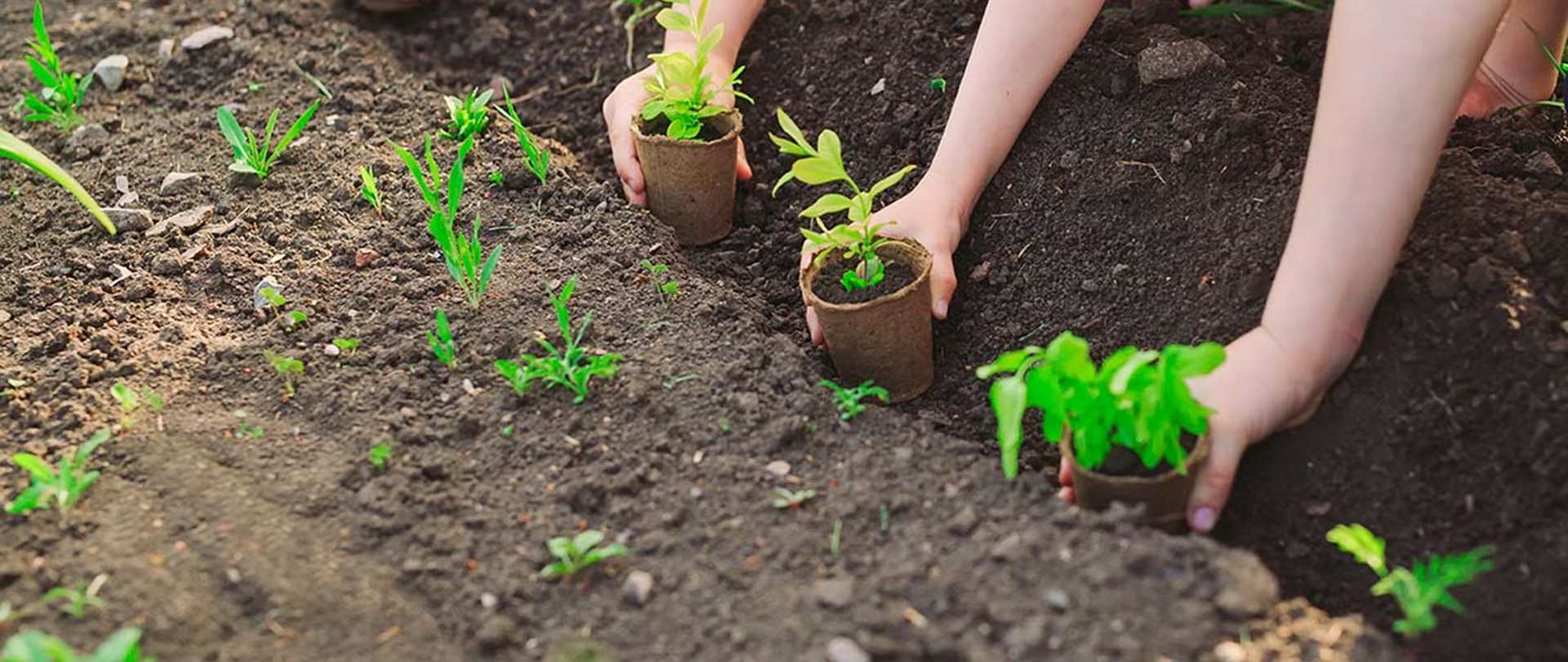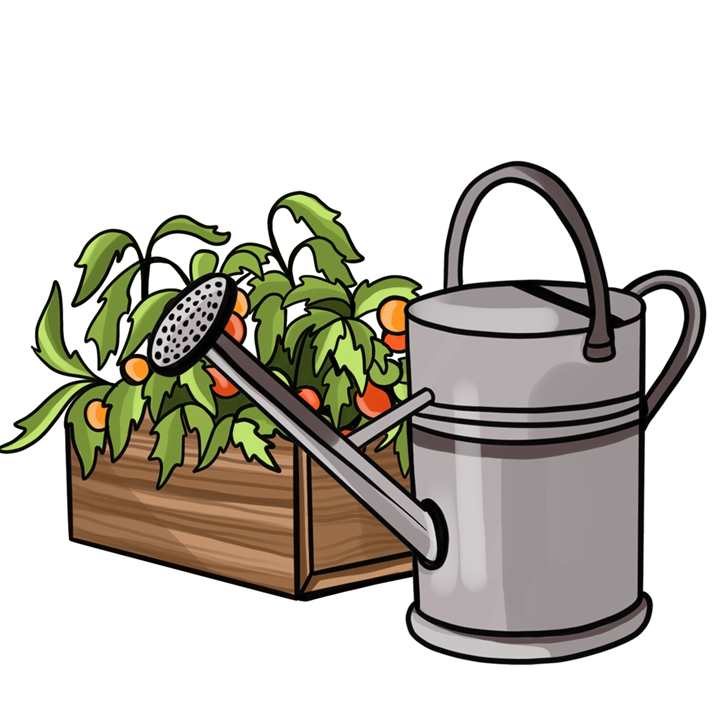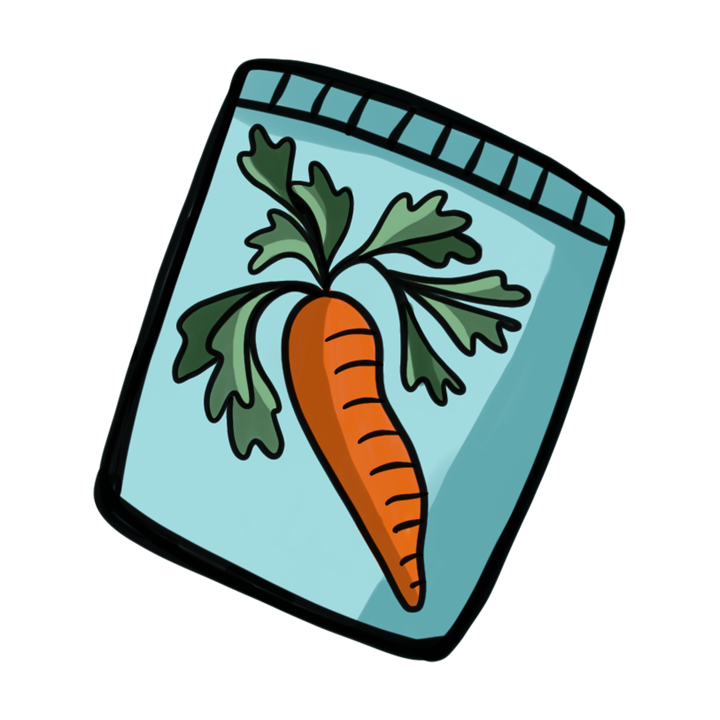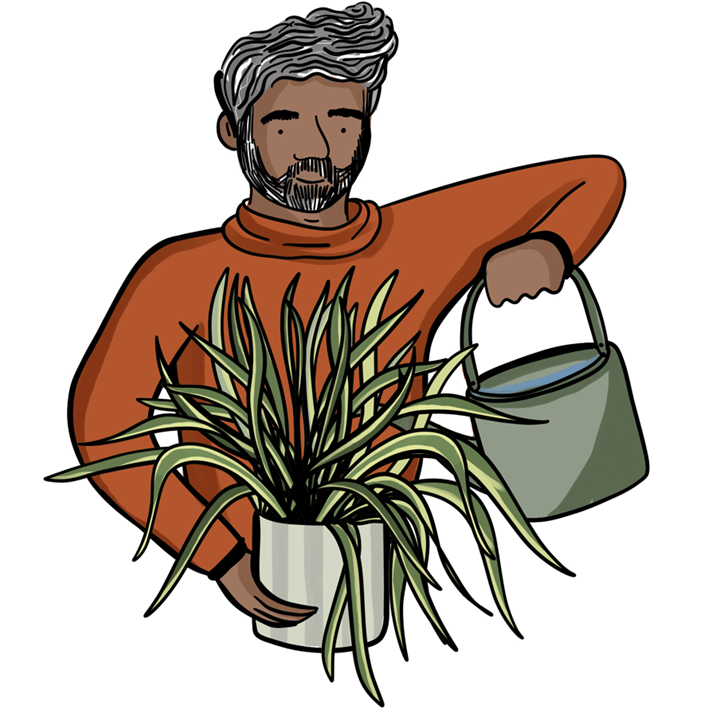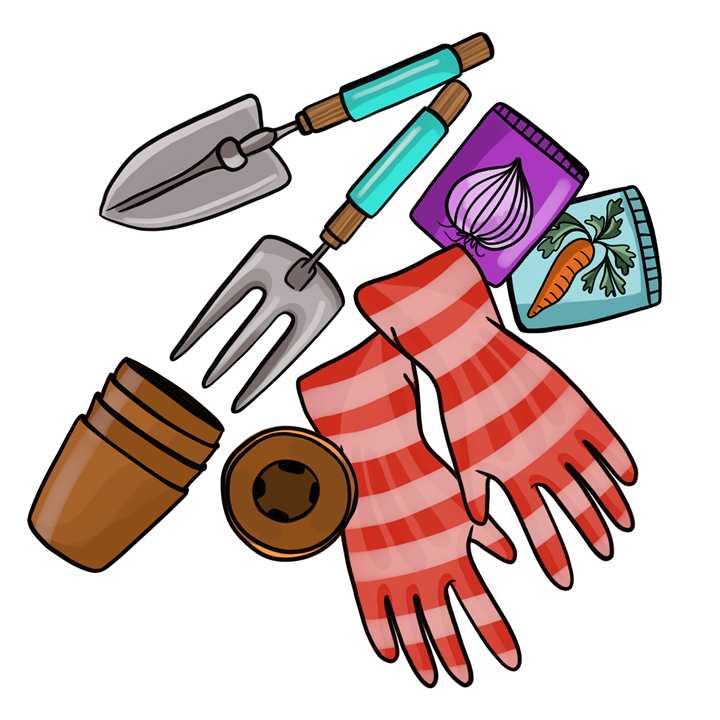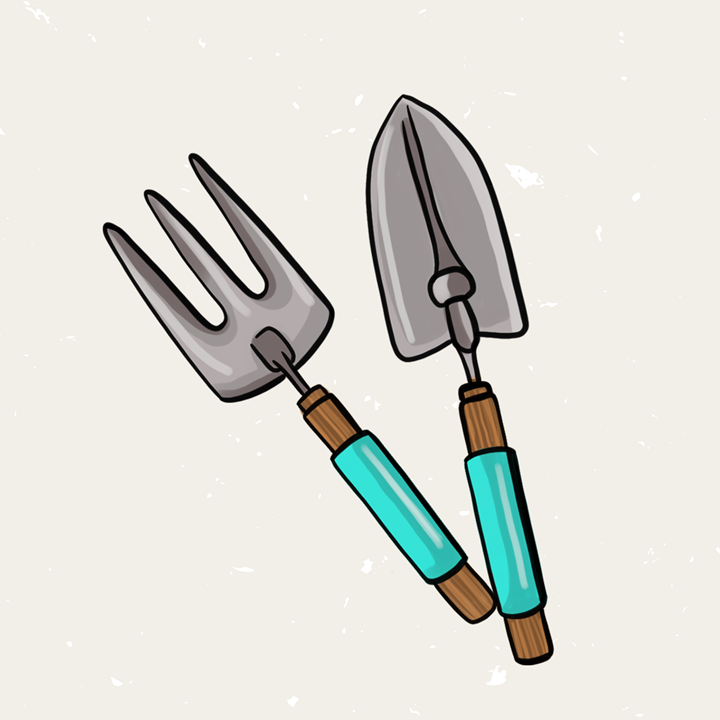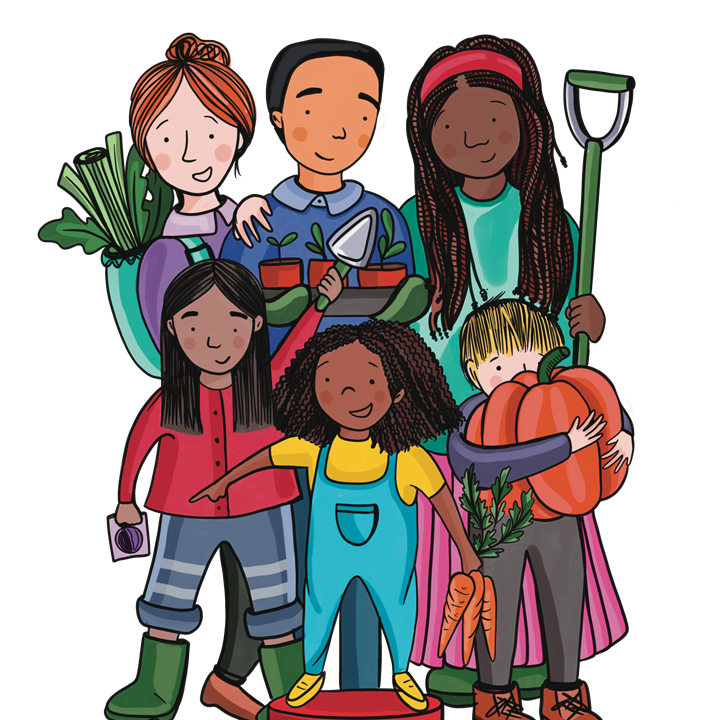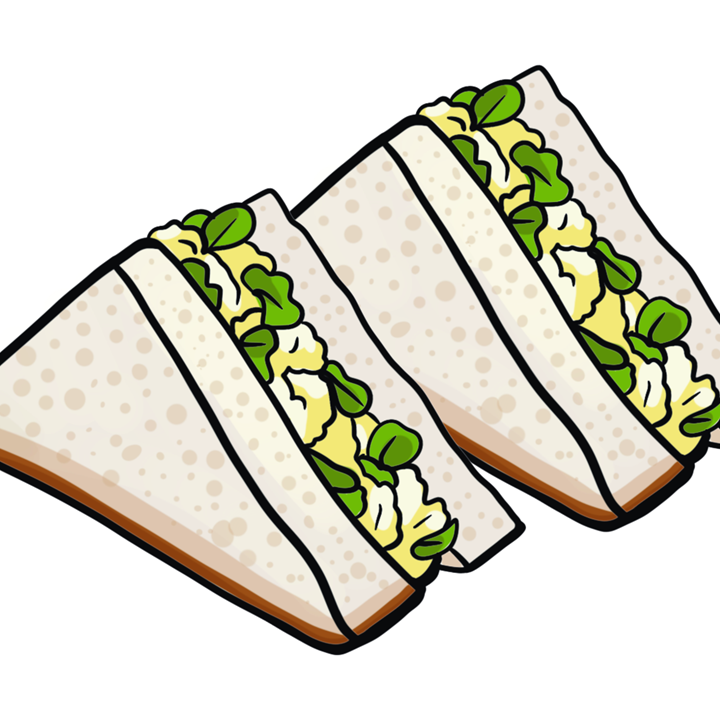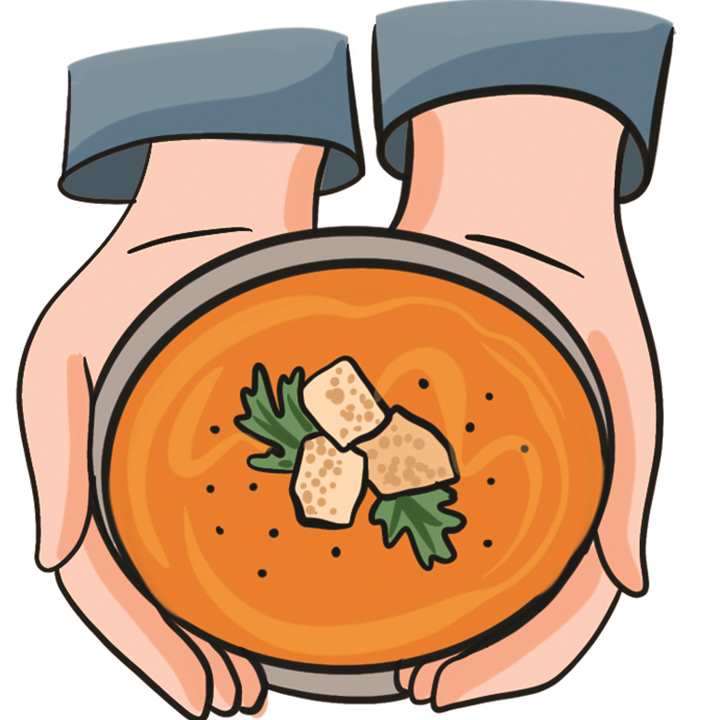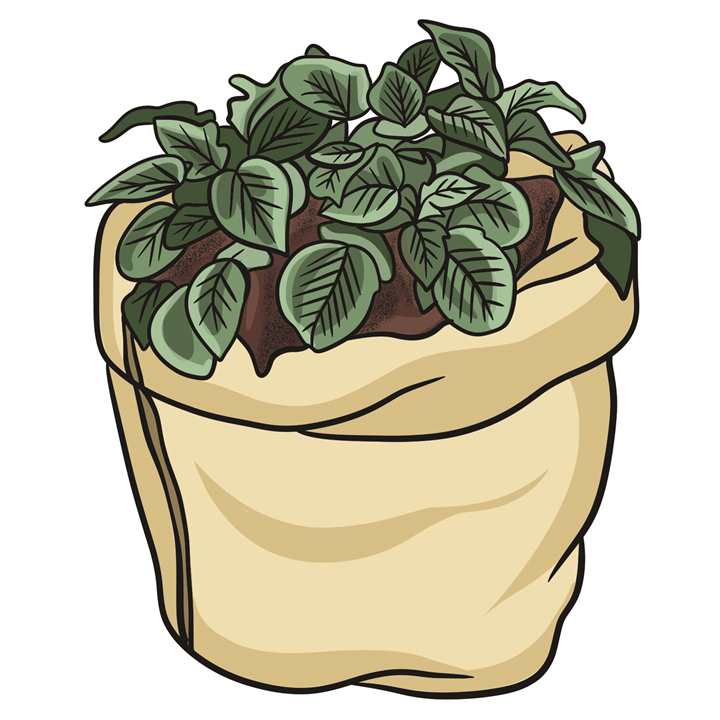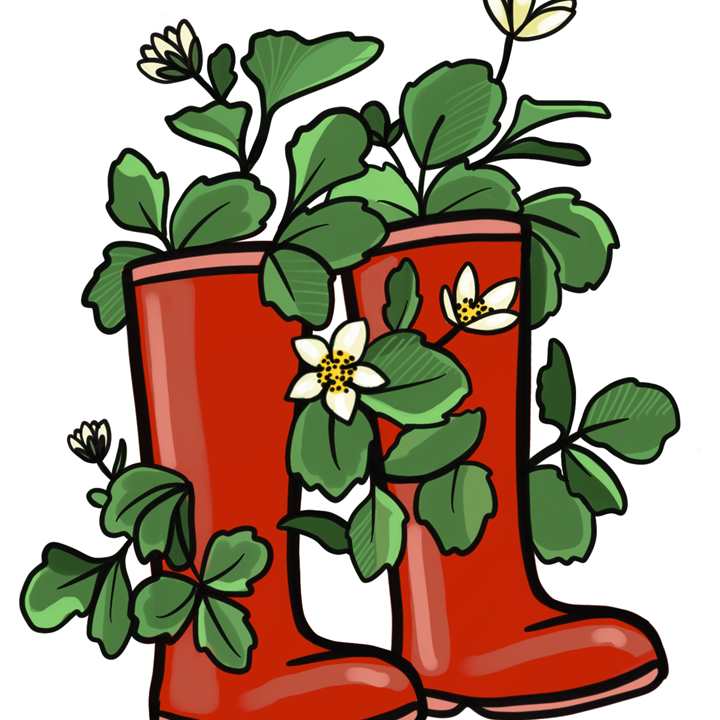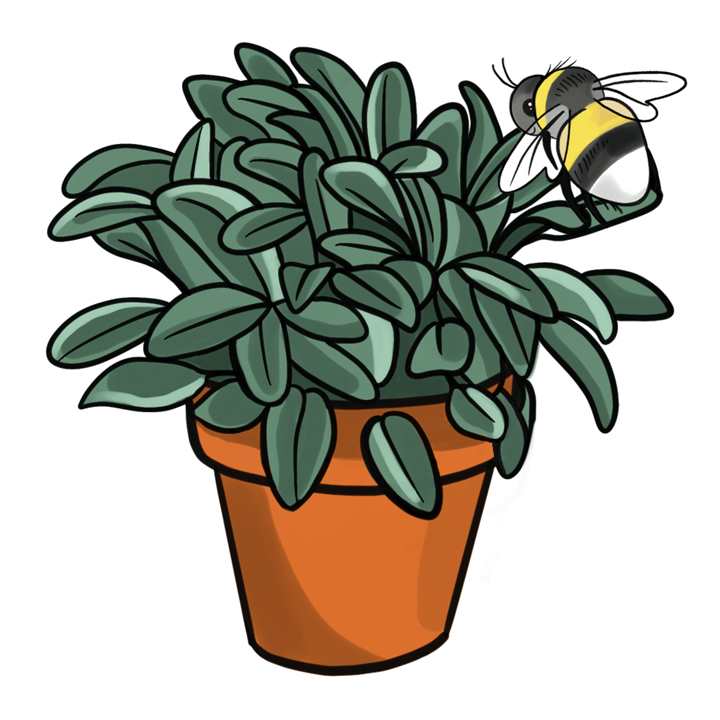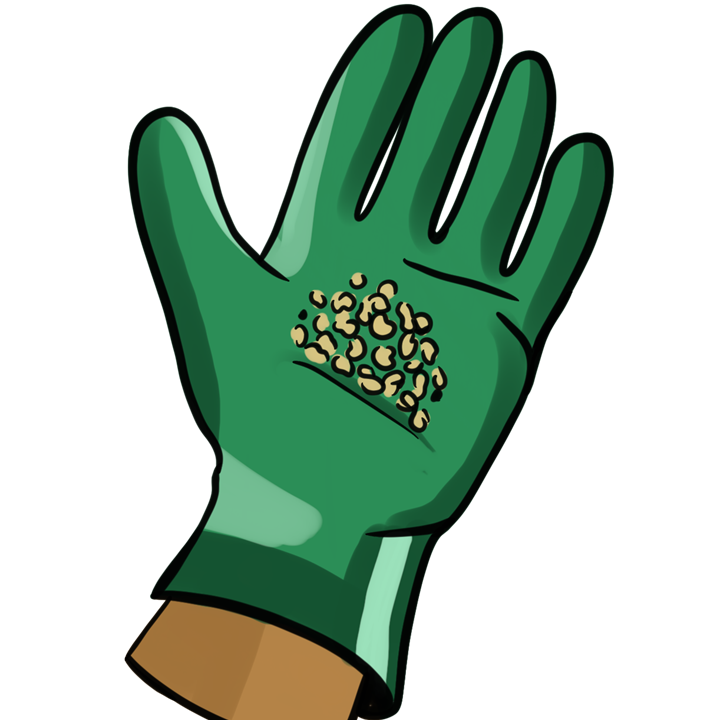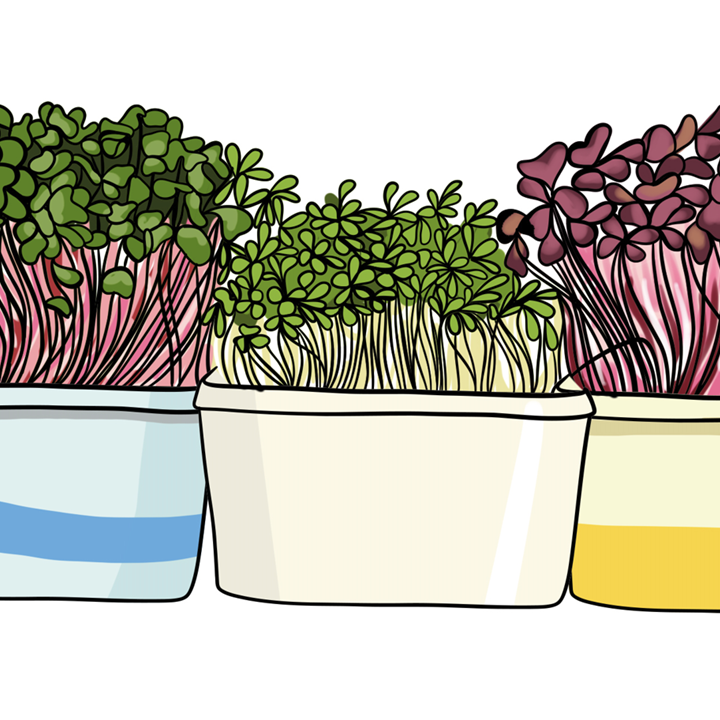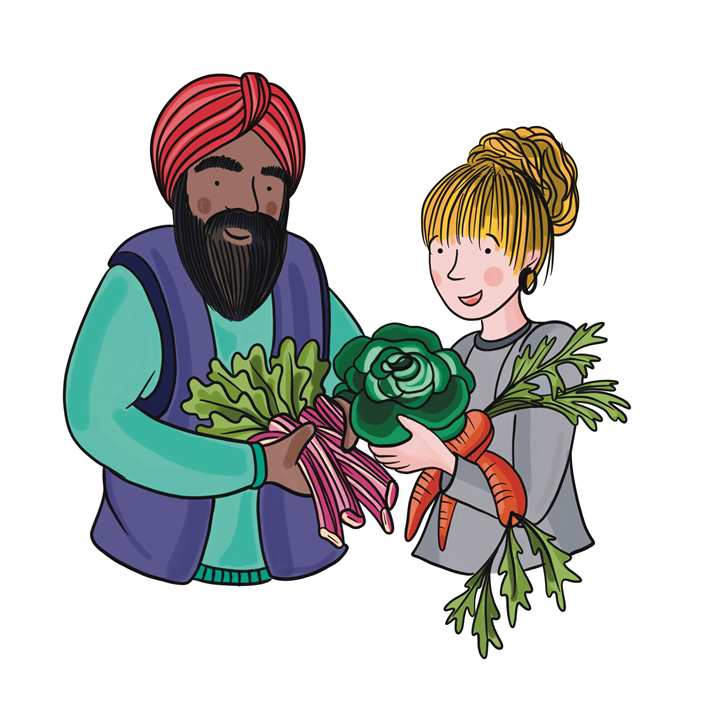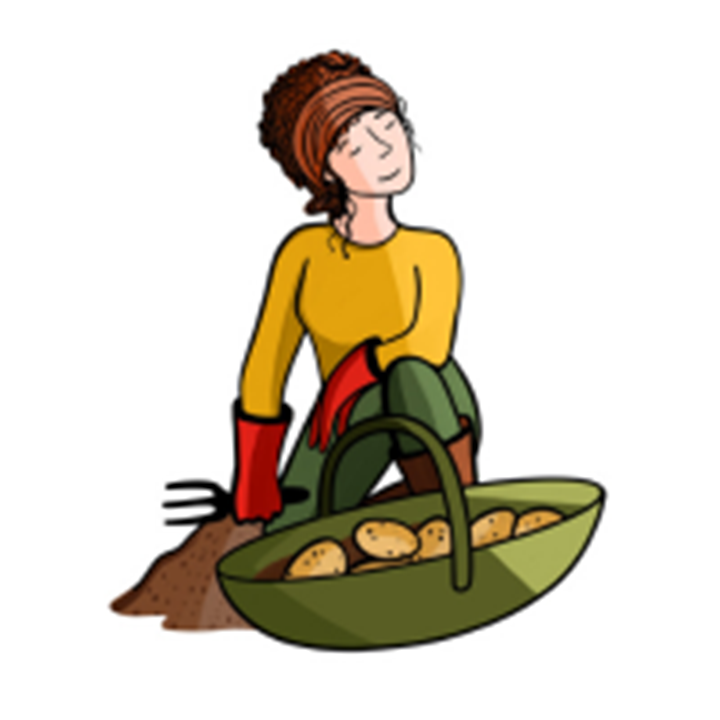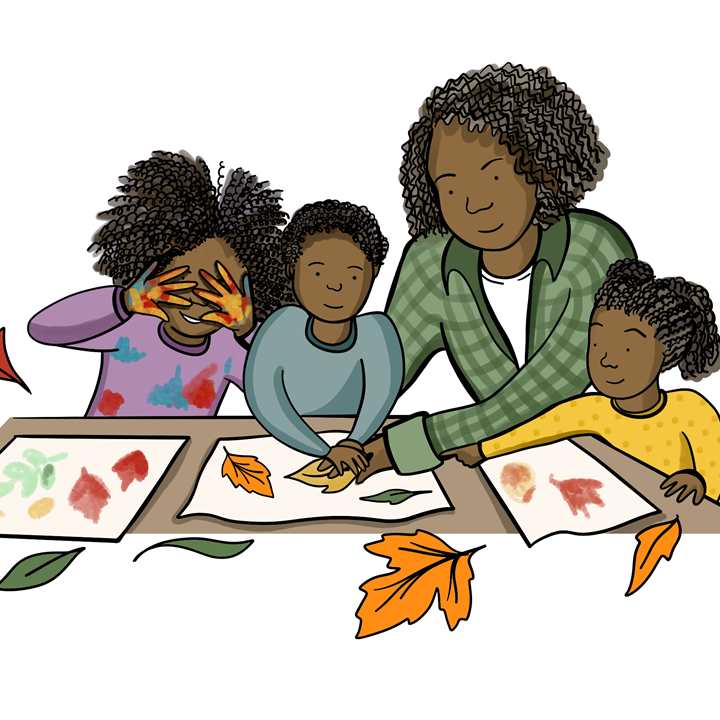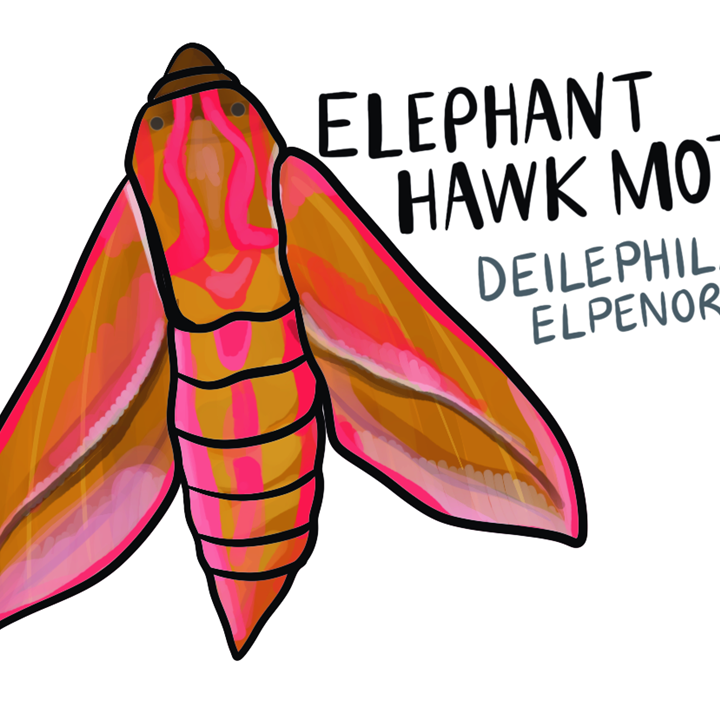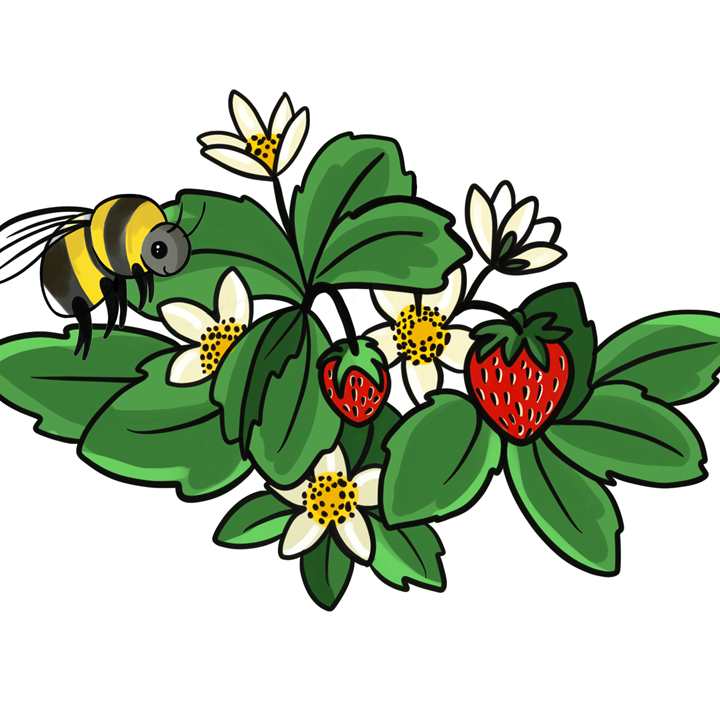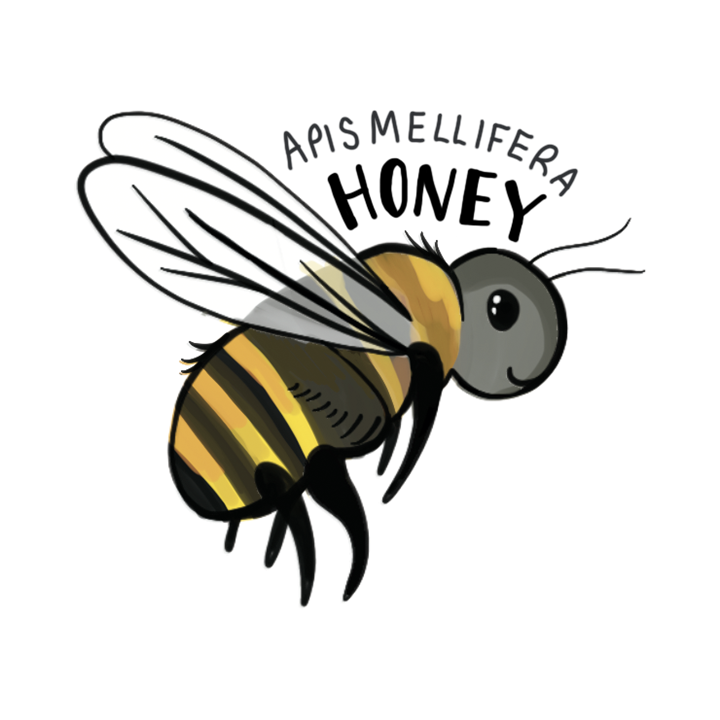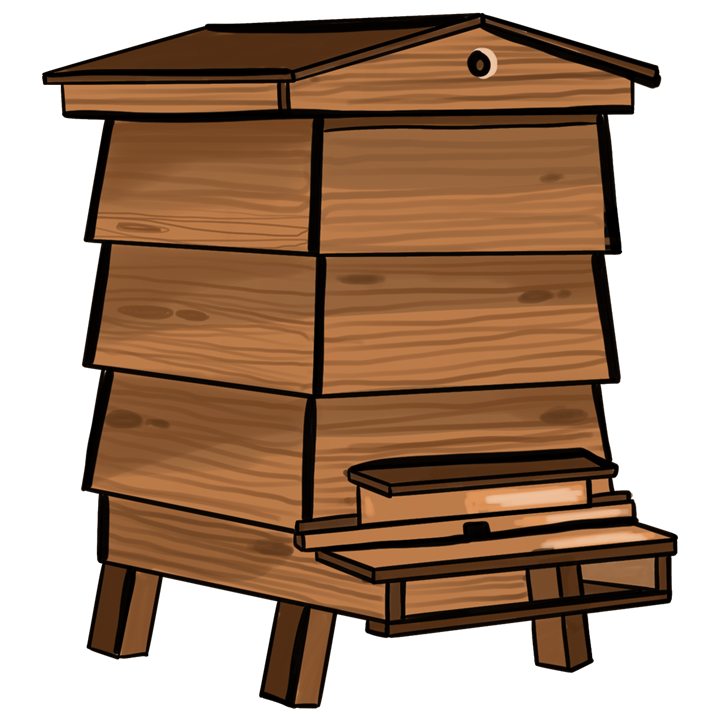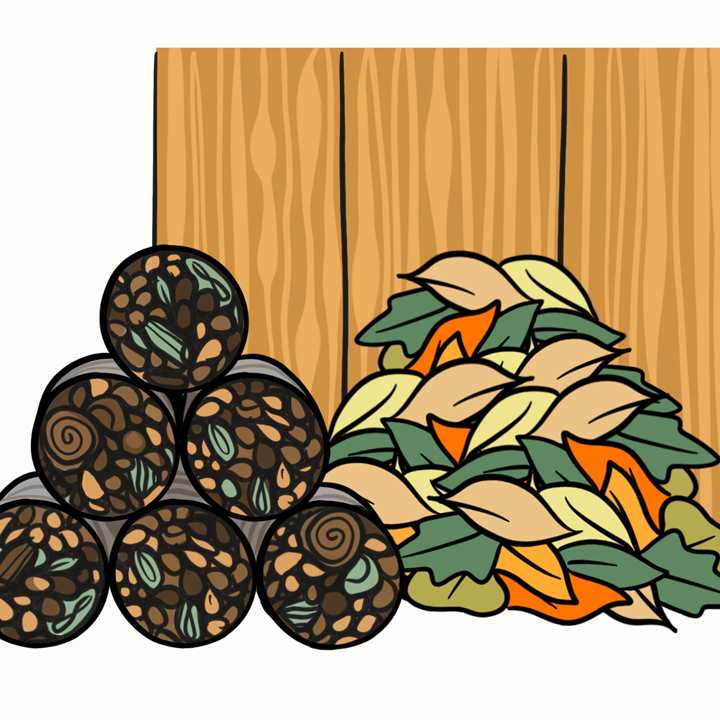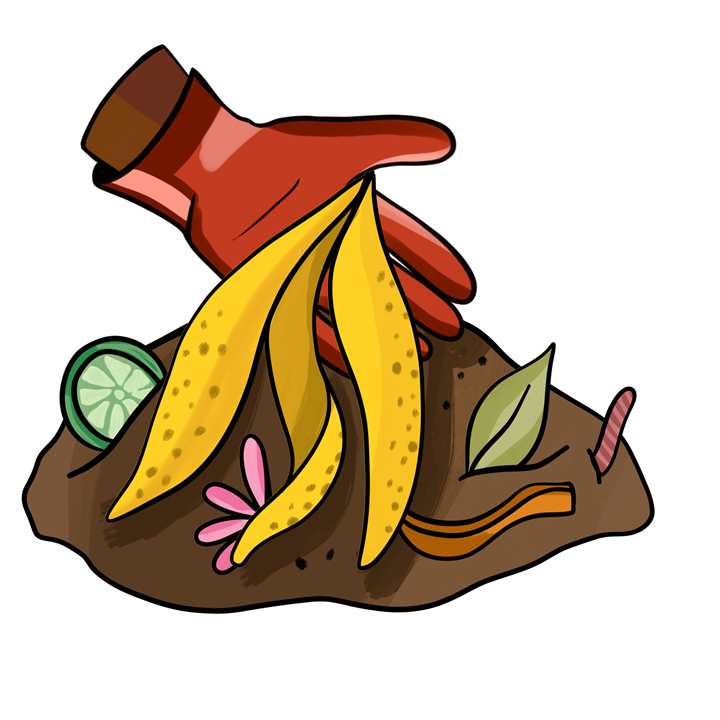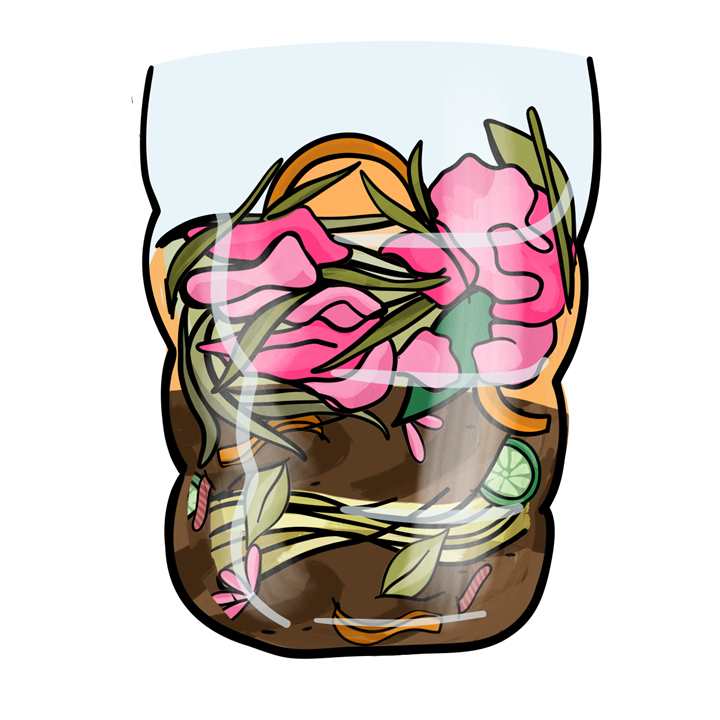Plant and Share returns for 2024 to help inspire the nation to get growing, together. With four key themes to explore: Growing for All, Growing for Joy, Growing to Eat and Growing for Nature, each week has resources and tips to get your growing activities off the ground.
Week One: Growing for All
1st - 7th April
Plant and Share is about ensuring that growing your own food is as easy and accessible for everyone, from first time growers to community organisers, whether you're growing in an outdoor space, or windowsill, we've got you covered.
-
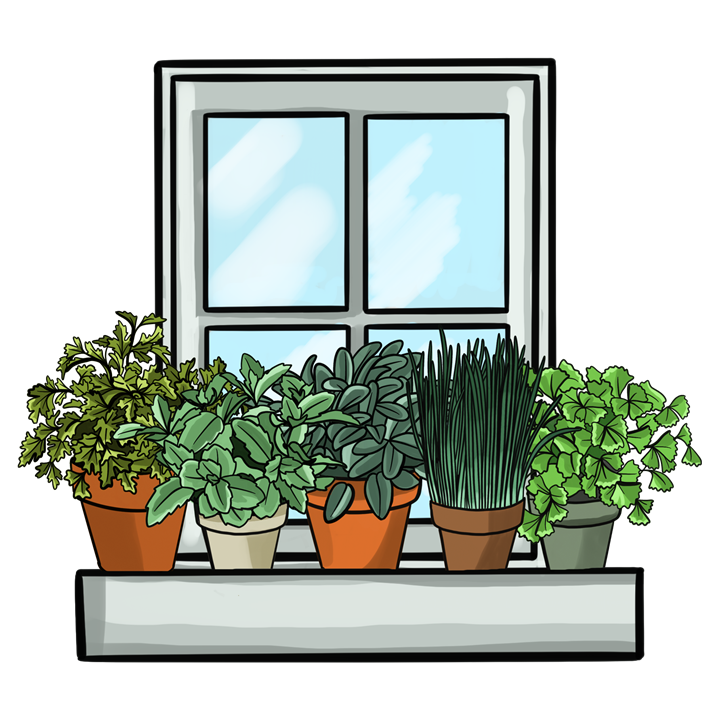
Urban gardening
Urban green spaces are vital to our shared ecosystem and when you live in towns and cities little patches of green, some shady trees or a flower bed can have real value.
This resource will guide you through why urban green spaces are so important, some top tips on how to get started and much more.
-
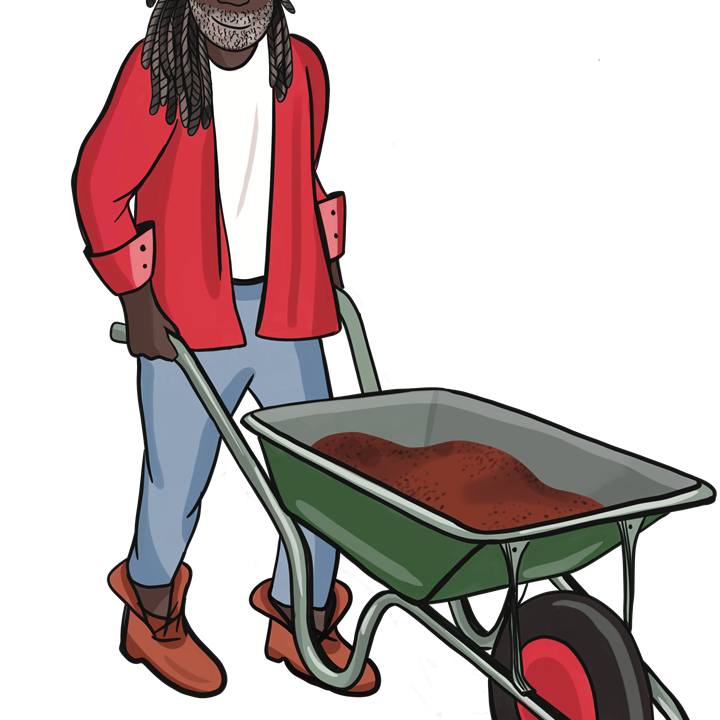
Intergenerational gardening
Intergenerational activities are about far more than bringing older and younger people together in a place, it is about meaningful connections, combating loneliness and sharing skills.
Learn more about intergenerational gardening, as well as Grandparent Gardening Week, here.
-
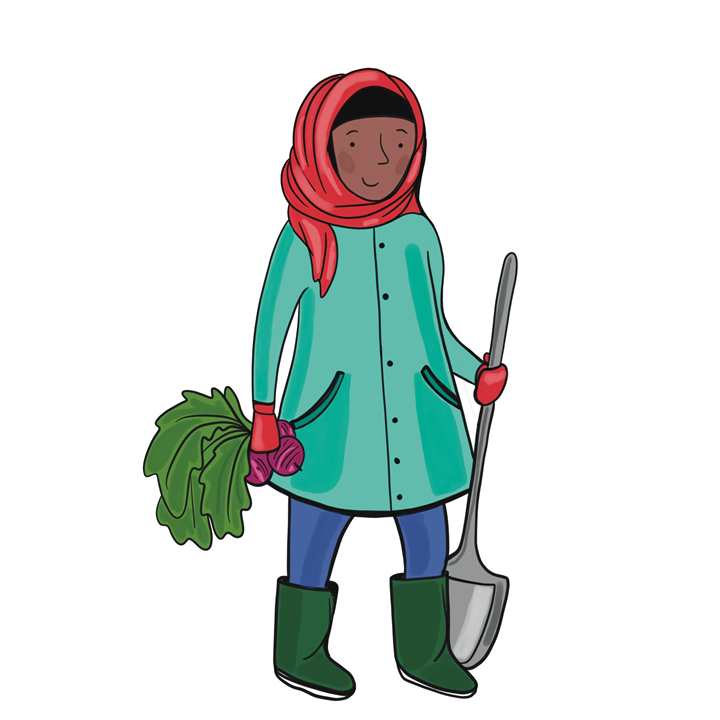
A beginners guide to growing
The joy of smelling a flower you have grown from a bulb ortasting a tomato you have grown from a seed is amazing, but getting set up to start growing can feel expensive.
In this resource you’ll pick up some quick tips and ideas for growing on a budget, no matter what size space you have.
Week 2: Growing to Eat
8th - 14th April
With rising food costs, growing herbs, fruit and vegetables can be a simple and fun way to enjoy good food. From growing tomatoes on your windowsill, or strawberries in an old container, we've got a host of great resources to help.
Week 3: Growing for Joy
15th - 21st April
Getting out in the garden can do wonders for your wellbeing. Whether it's growing beautiful plants to bring colour and wildlife to your backyard or vegetable patch, getting crafty in the garden, or simply nurturing a plant through it's lifecycle, there is an abundance of positives to getting growing and reconnected to nature's rhythms.
-
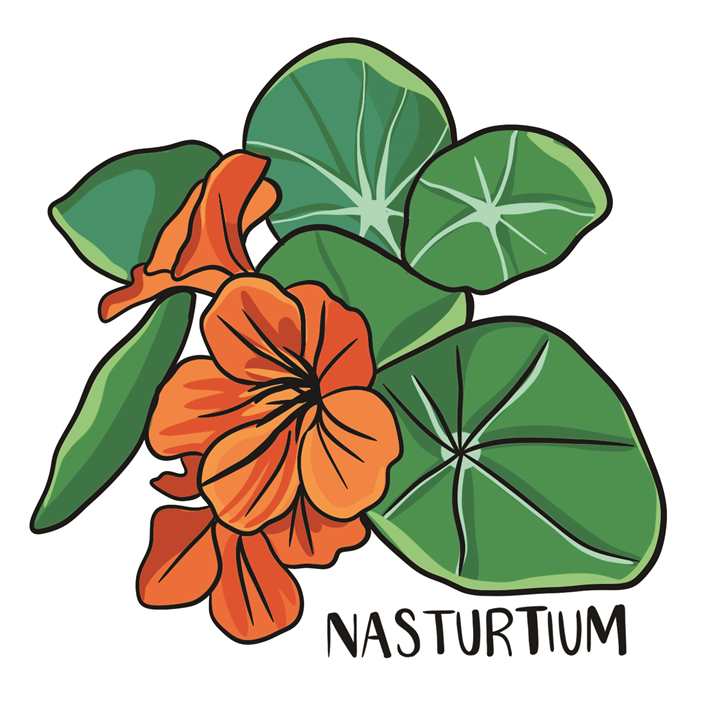
Companion planting – growing in harmony
Using companion planting helps protect your garden, pots or balcony plants from pests, whilst being kind to the soil, waterways, and animals by being pesticide free.
In this resource, we explain what companion planting is and guide you through how to match plants to support climate and nature.
Week 4: Growing for Nature
22nd - 30th April
Bees, bugs and other wildlife are nature's superheroes, helping produce the food we eat. Planting some nature-friendly plants is a great way to do your bit for these mighty guardians of growing.

